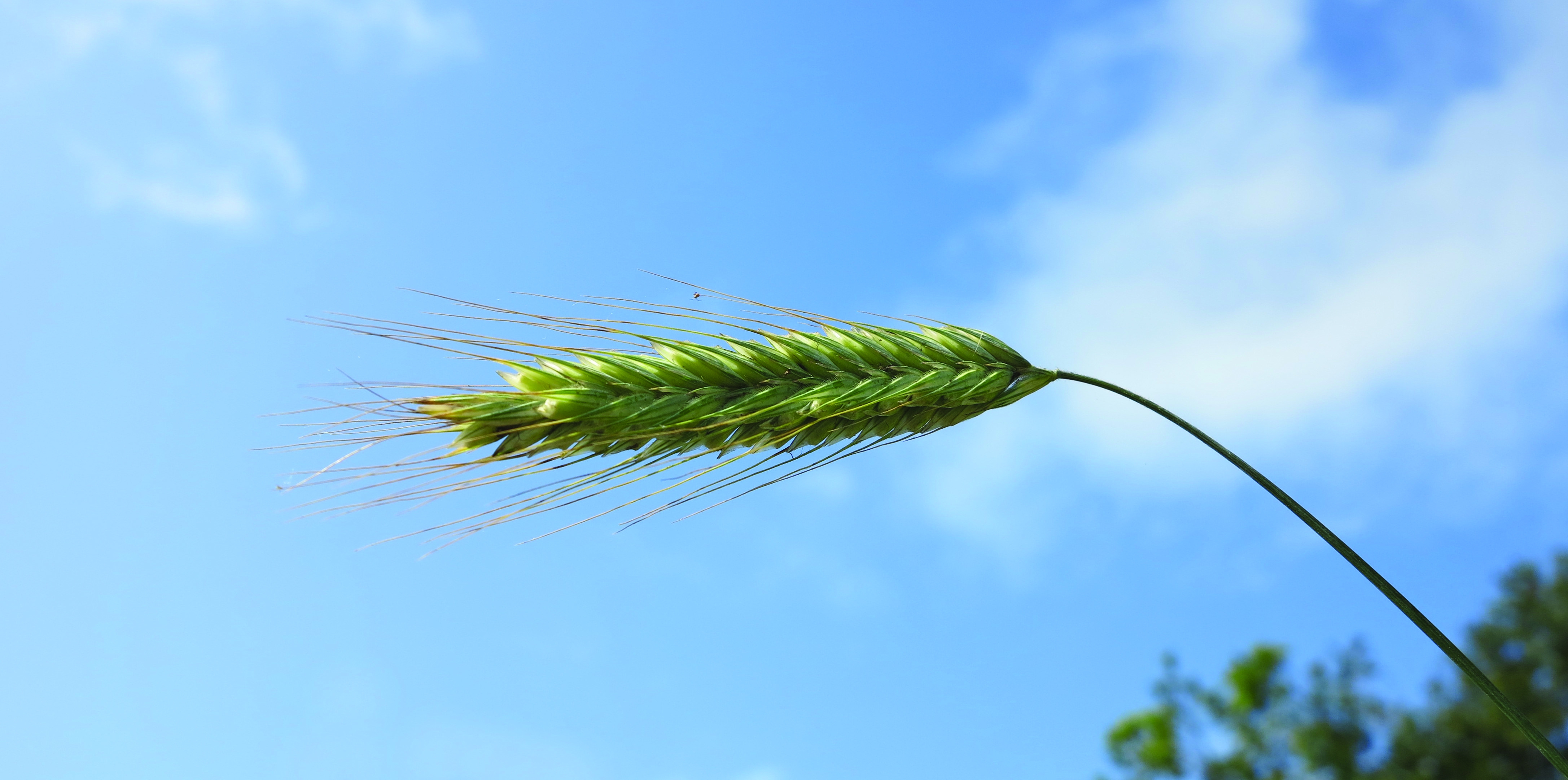
Features
Agronomy
Cereals
Breeding hardy winter cereals
Eastern Canada is Canada’s biggest winter wheat producer, with more than one million acres seeded for harvest in 2016, compared to Western Canada, which clocks in at about 600,000 acres. But winter cereal varieties have typically been bred for Western Canadian conditions – at least, until now.
Two research and breeding projects are underway looking at cold tolerance and winter hardiness in winter cereals in an Eastern Canadian context.
“Cold tolerance, winter survival and winter hardiness in Eastern Canada is a complex beast,” says Jamie Larsen, a research scientist in perennial cereals, fall rye and winter triticale breeding for Agriculture and Agri-Food Canada (AAFC).
Larsen is based in Lethbridge, Alta., but his research has an eastern angle. Five years ago, he was hired out of the University of Guelph to be AAFC’s perennial cereals breeder in Lethbridge. One of the focuses of his program is to develop a winter cereals breeding project – fall rye, winter triticale for Canada and durum wheat. Collaborations in Ontario have led to the testing of winter triticale varieties for three years, and plots in Harrow and Palmerston are testing out winter triticale varieties under Ontario conditions.
He says the differences between Western Canada and Eastern Canada are significant when it comes to winter hardiness. Where cereals are generally bred to be tolerant to long periods of freezing in Western Canada, Eastern Canadian varieties need to be both cold tolerant and tolerant to ice encasement, freeze-thaw cycles and frost heaving.
“In Western Canada we don’t get as much snow and icing-over, thaws and water settling followed by freezing. In Ontario it comes and goes, so you get this puddling in the fields and it gets cold again and freezes,” he says.
Once the three-year project’s funding runs out, Larsen and his team hope to extend it to keep the study going. “From an Ontario perspective, there are concerns around eutrophication of the Great Lakes, and one way to deal with that is to plant more winter crops that can survive the winter, and to make use of those nutrients and limit run-off,” he says.
But the results from the triticale study are also extremely promising from a grain yield and biomass perspective. “The yields are incredibly high, much higher than winter wheat in Western Canada,” he says. “What we saw is a yield advantage as high as 50 per cent in the winter triticale over winter wheat. In some cases the only thing that could beat them is the hybrid rye that’s now out in the marketplace. We will find out shortly if the same holds true in Ontario.”
Larsen is especially optimistic about triticale’s potential as a biomass crop. “In the U.S., it’s used by dairies and livestock producers as a double crop in significant acreage and this practice, currently at approximately 1.2 million acres, is growing,” he says.
“Canadian varieties are not cold tolerant enough, but if we can select for varieties that work in Ontario there could be pretty quick uptake for this material, and I think we’re close.”
Response genes
At the University of Guelph, wheat breeder and associate professor Alireza Navabi, while breeding for winter-hardiness in wheat for Eastern Canada, is also working on two different characteristics of wheat that are important to cold tolerance – response to vernalization, and response to photoperiod, or day length.
Flowering and maturity of wheat are controlled by interactions between vernalization and photoperiod response genes in addition to earliness genes, Navabi explains. “Vernalization can work as a survival mechanism,” he says. “Wheat makes the transition from a vegetative to a reproductive stage after it’s been exposed to cold temperatures. After the winter, when the vernalization requirement is met, winter wheat is ready to flower.”
Wheat responds differently to different photoperiods. Some varieties are sensitive to photoperiod while others are not.
Photoperiod insensitivity can be beneficial in breeding winter wheat varieties that are better adapted to northern contexts. In combination, vernalization and photoperiod response genes determine how quickly a particular genotype will make the transition to a reproductive state and therefore how they might adapt to a particular environment.
Navabi’s graduate student, Alex Whittal, has characterized a “very wide set of winter and spring wheat genotypes” in wheat for genes that control response to photoperiod and vernalization response genes.
“There are different genes controlling these two mechanisms,” Navabi says. “We now know exactly which alleles are present in each genotype tested, and based on which allele each genotype has, we can predict their response to vernalization if they are sensitive or insensitive to photoperiod. We also know that there is a frost tolerance gene in close association with vernalization genes.”
Currently, Navabi and Whittal are operating on an Ontario Ministry of Agriculture, Food and Rural Affairs-University of Guelph partnership project in collaboration with AAFC’s winter wheat breeder in Ottawa, Gavin Humphries.
“The work we are doing now is just a start, but we are building on other people’s experience,” Navabi says.
September 13, 2016 By Julienne Isaacs
